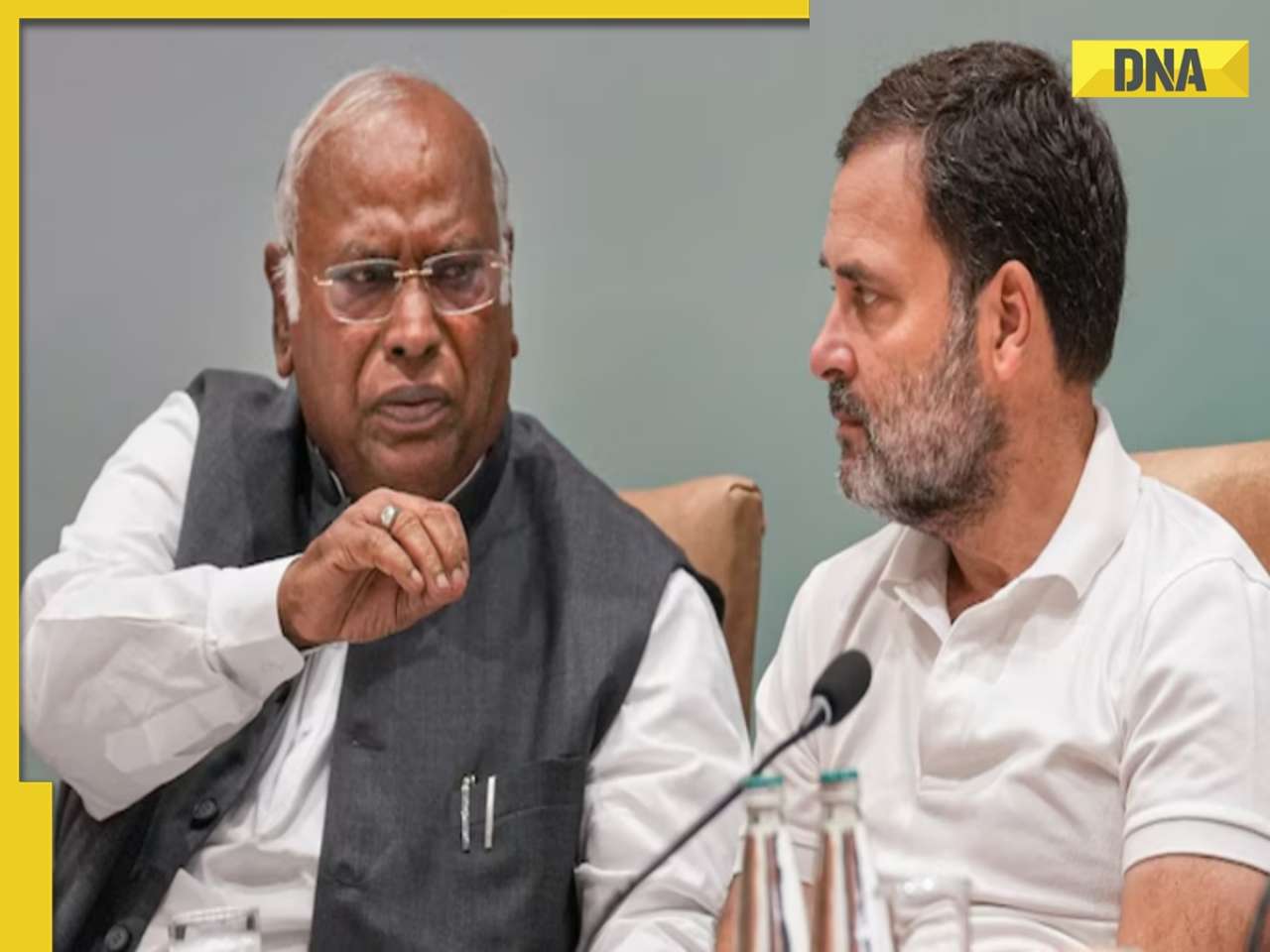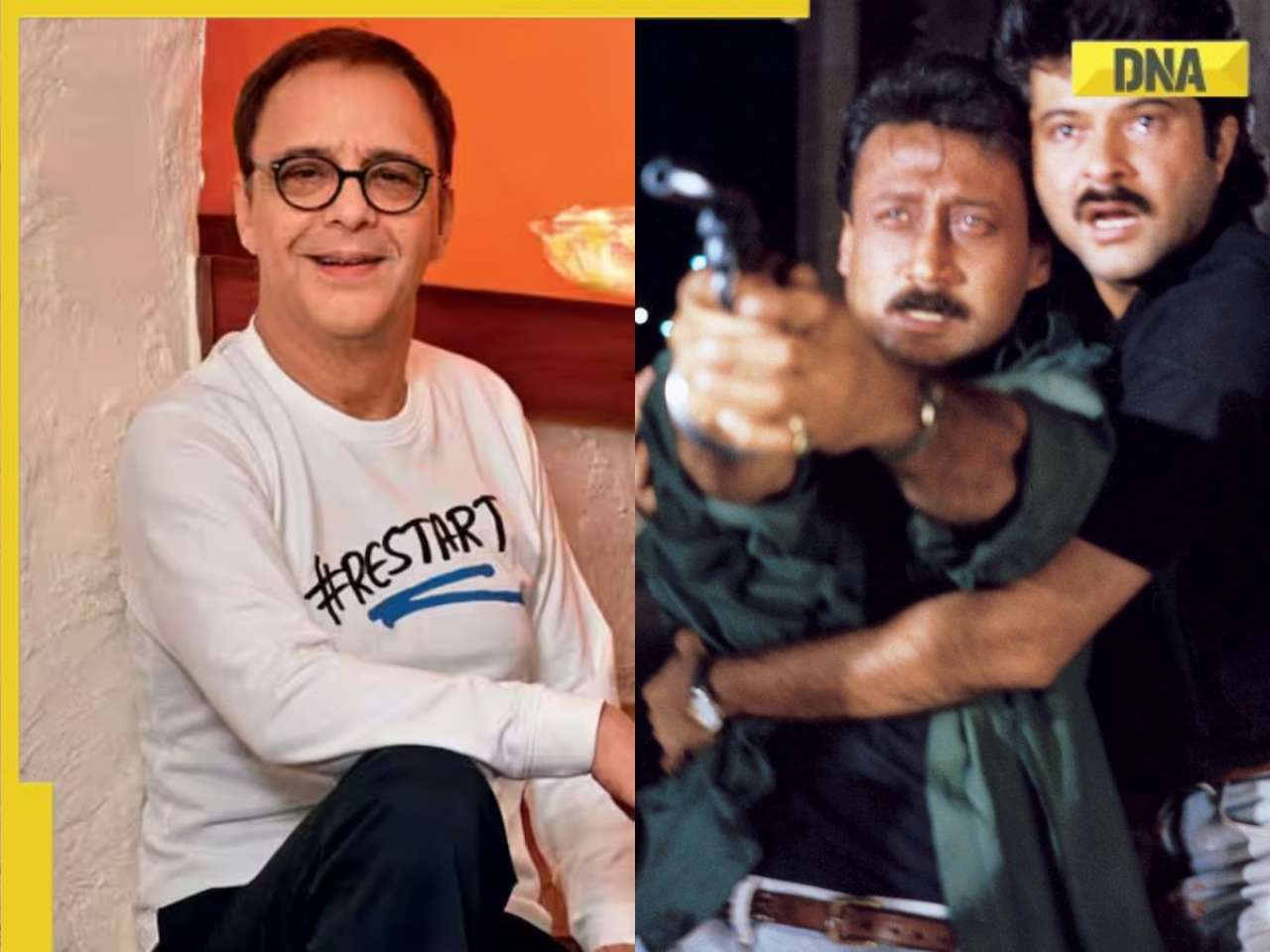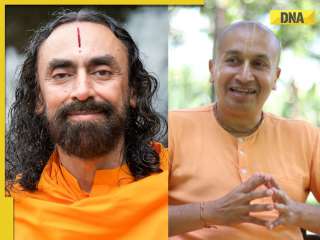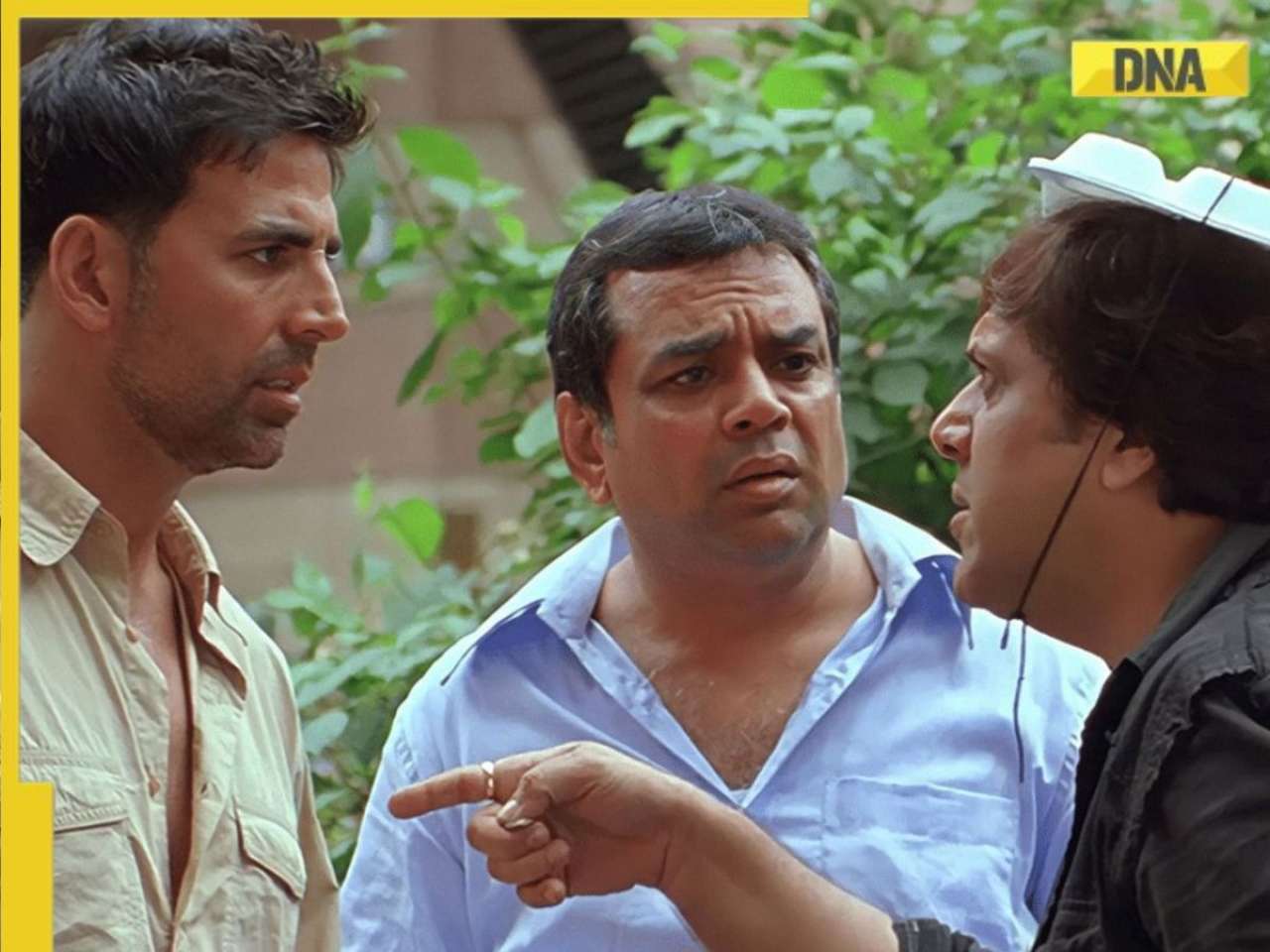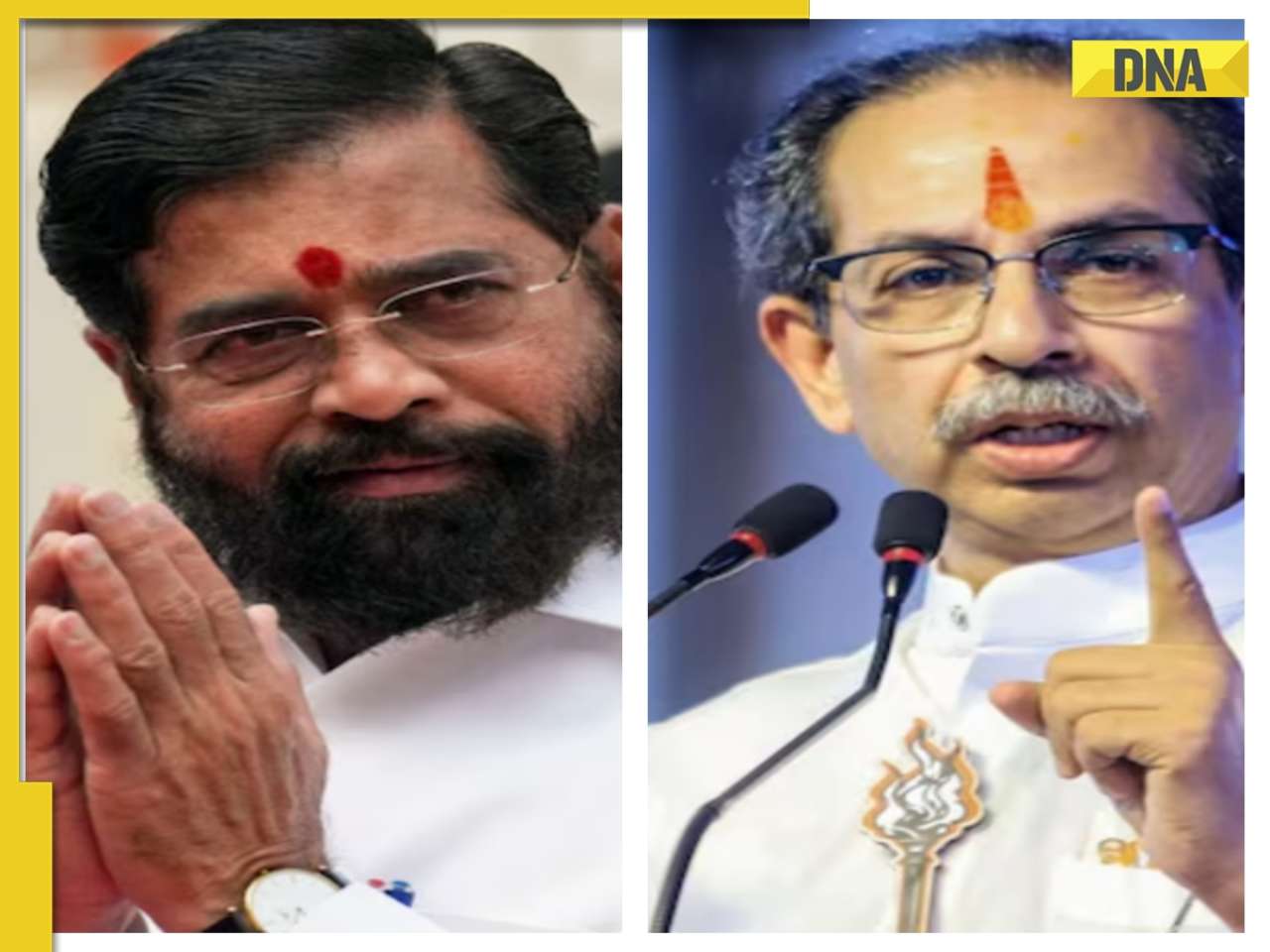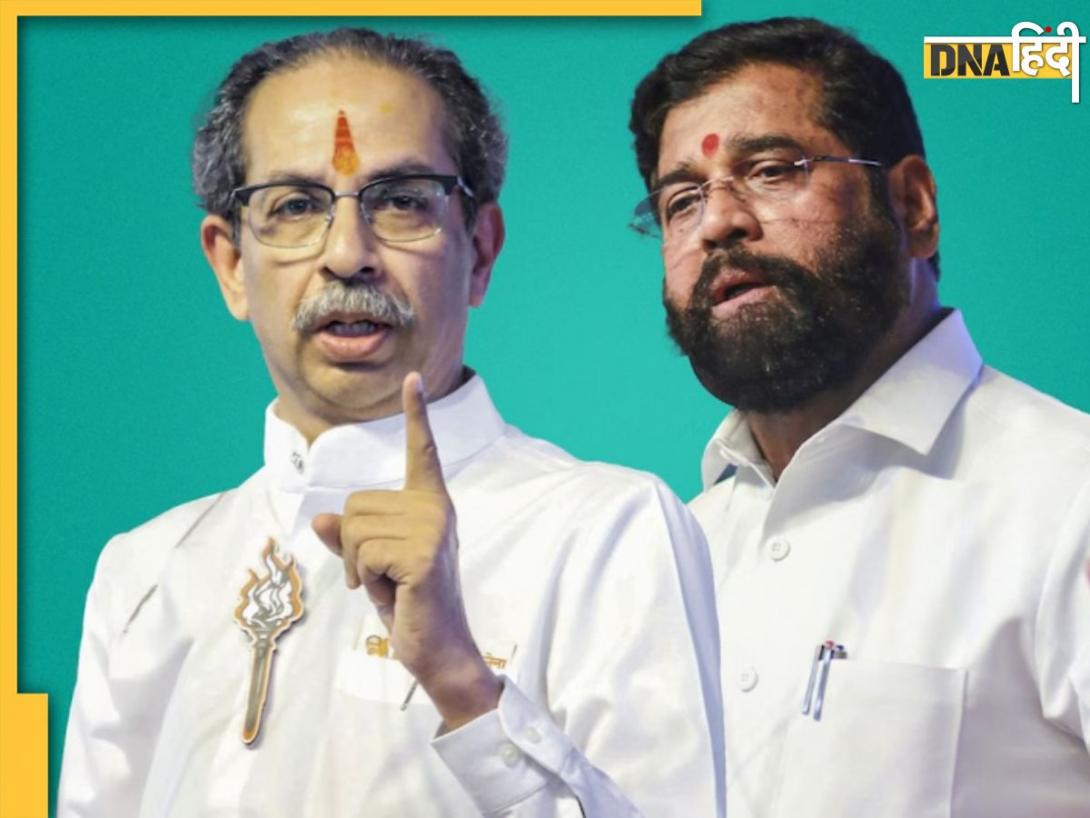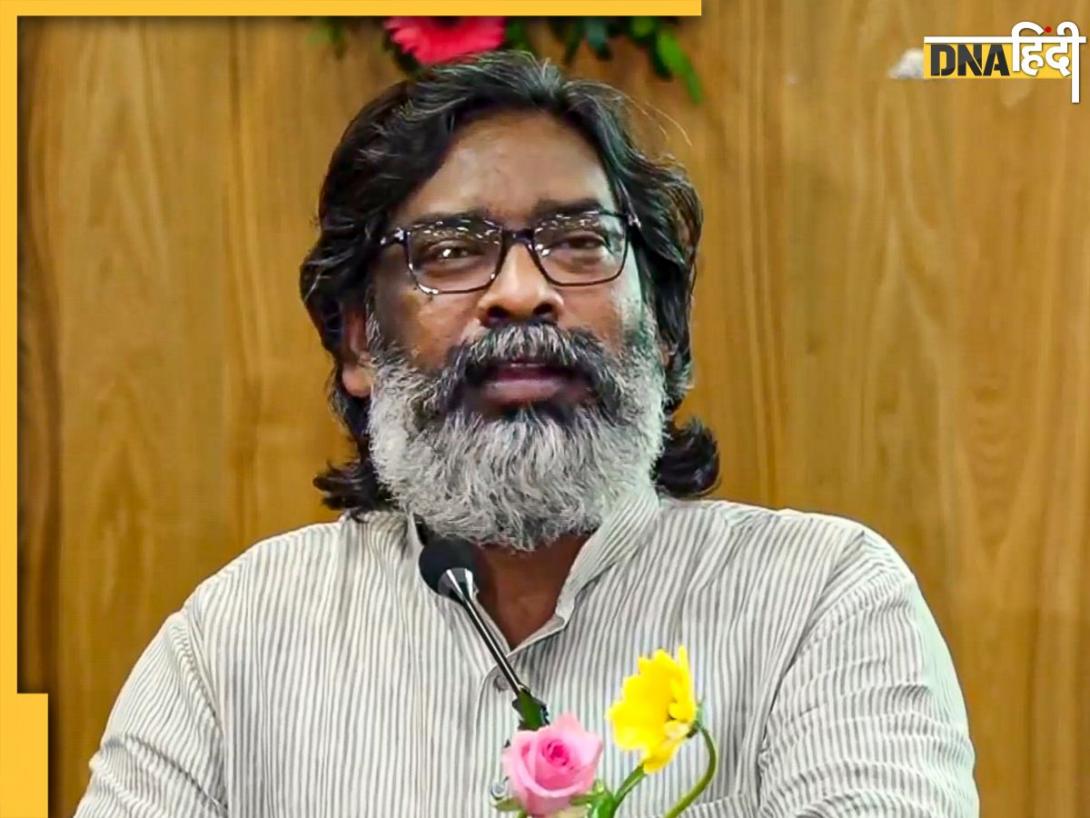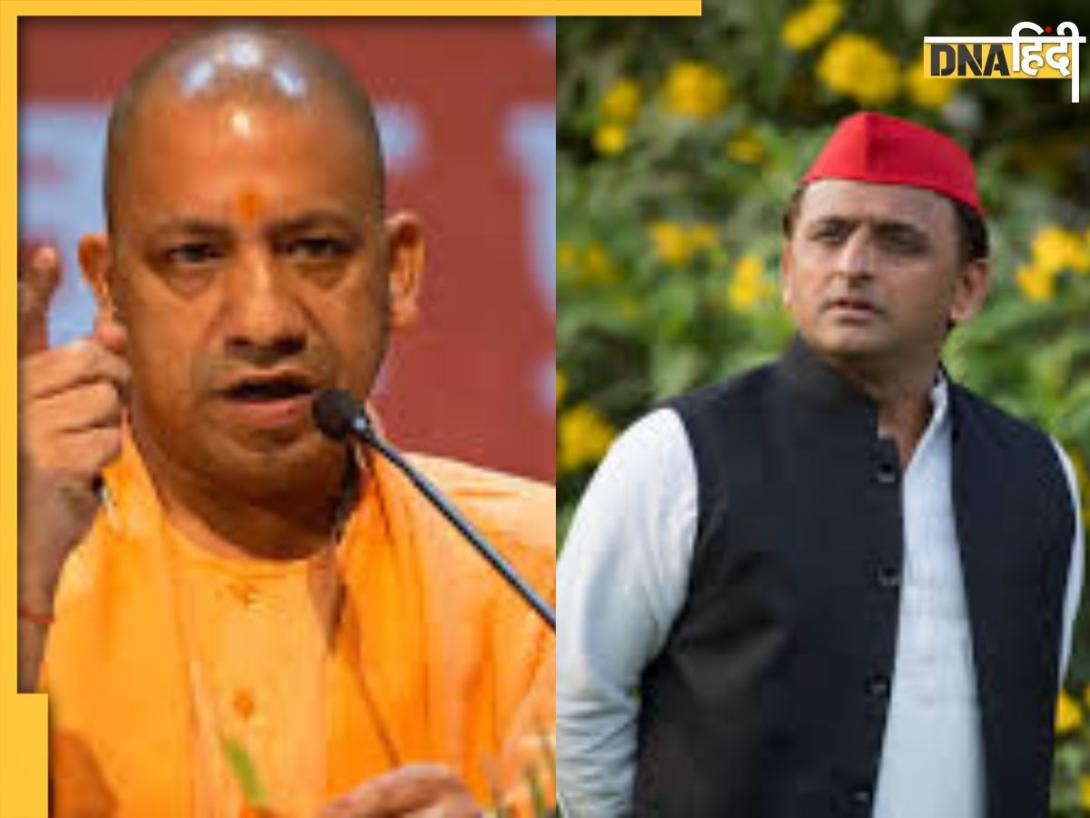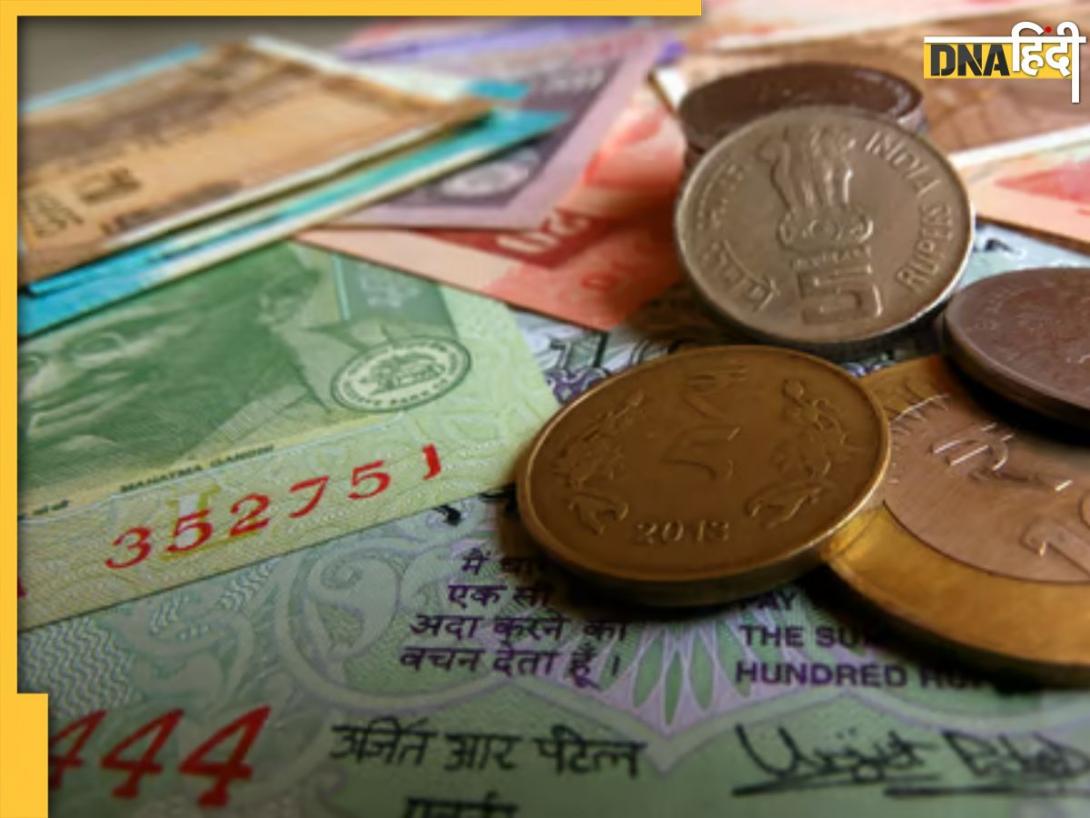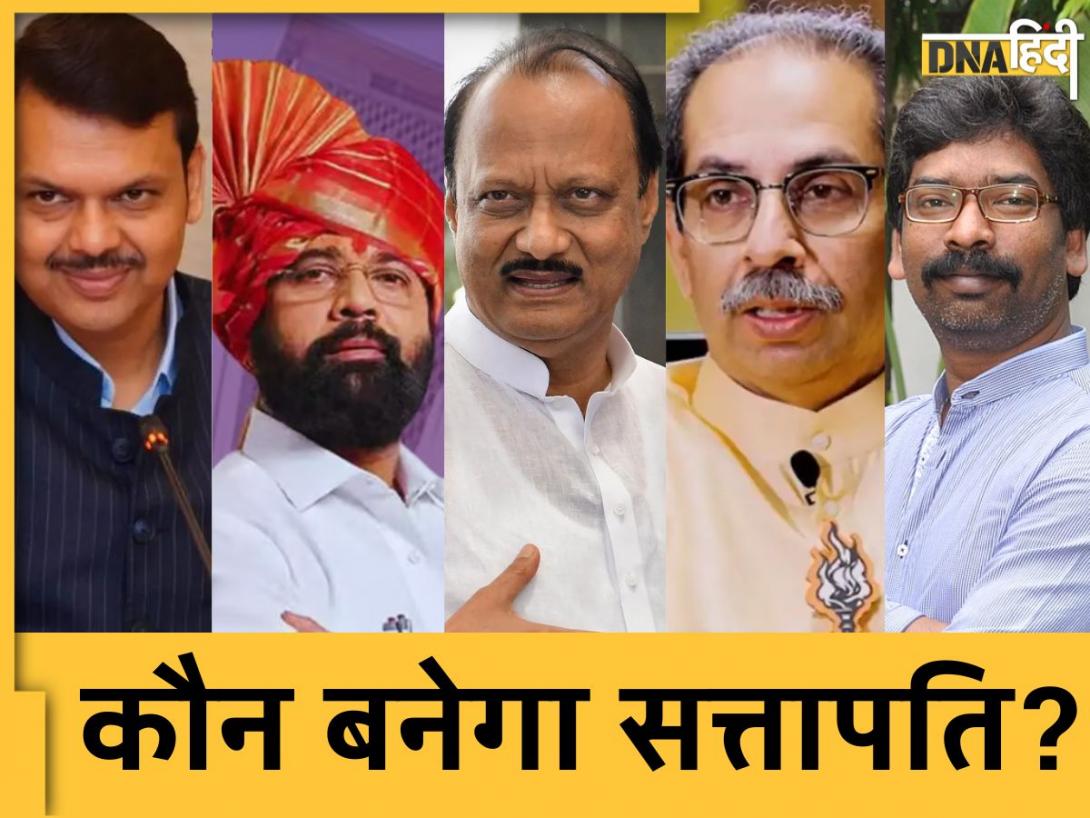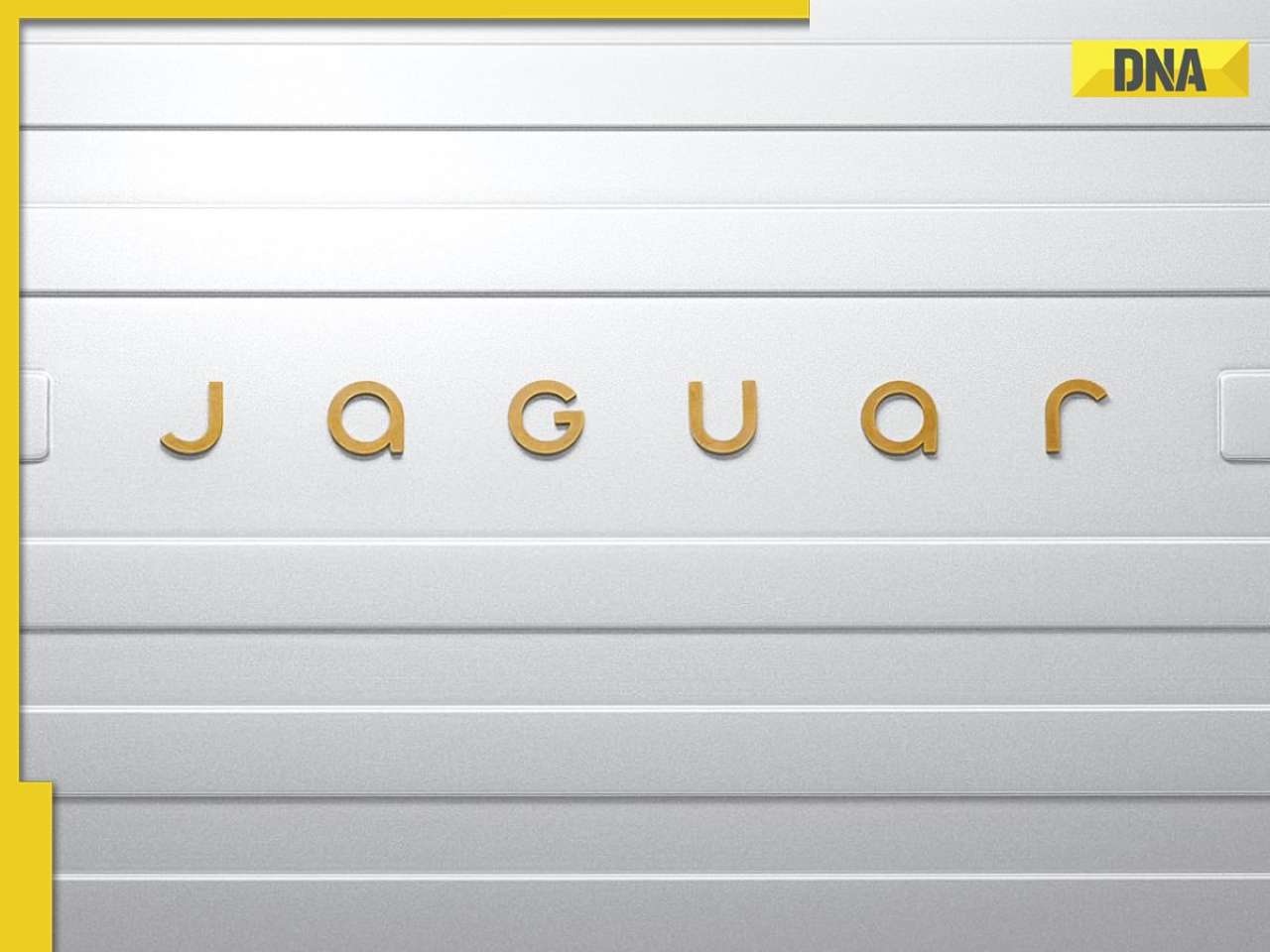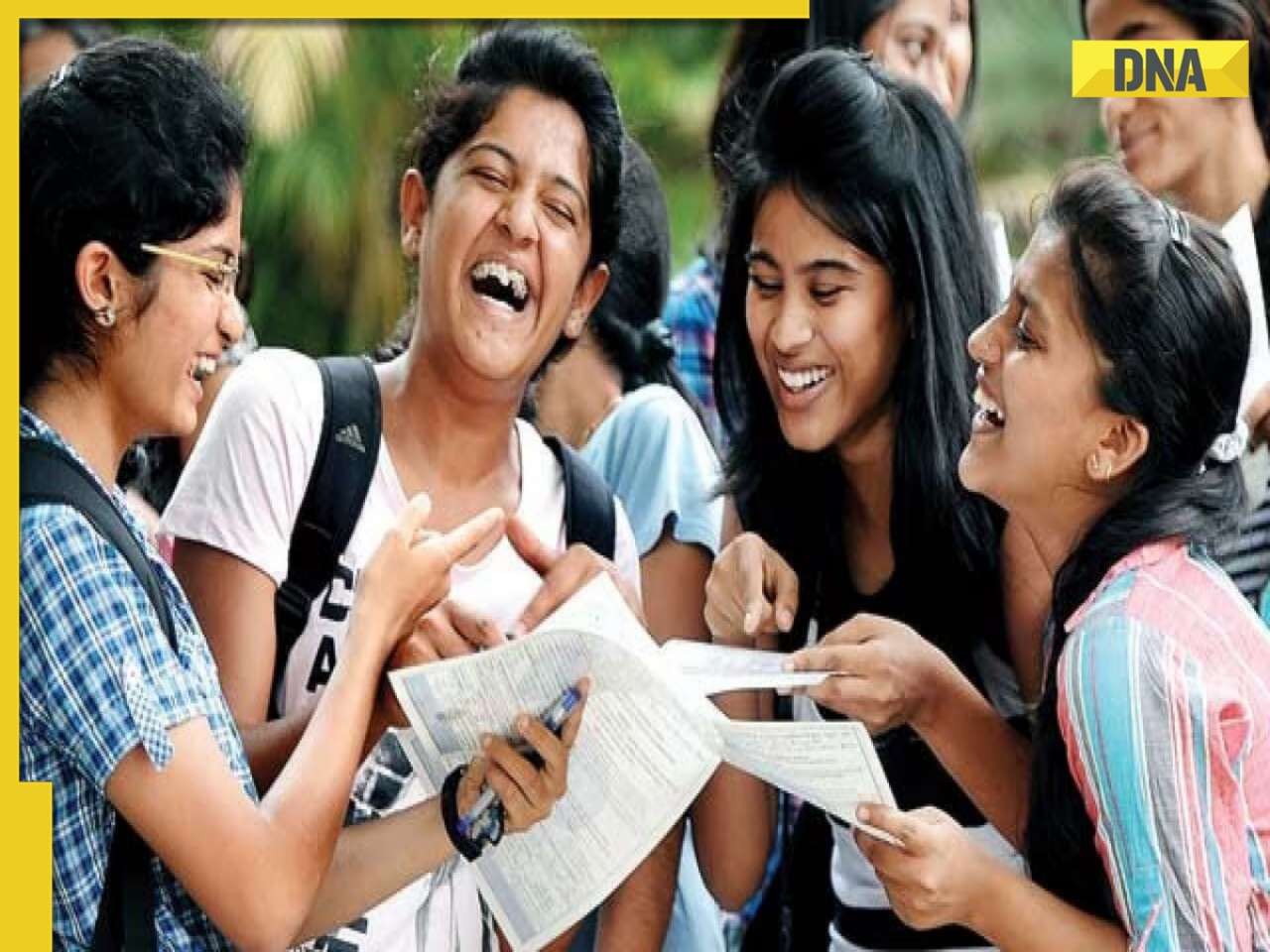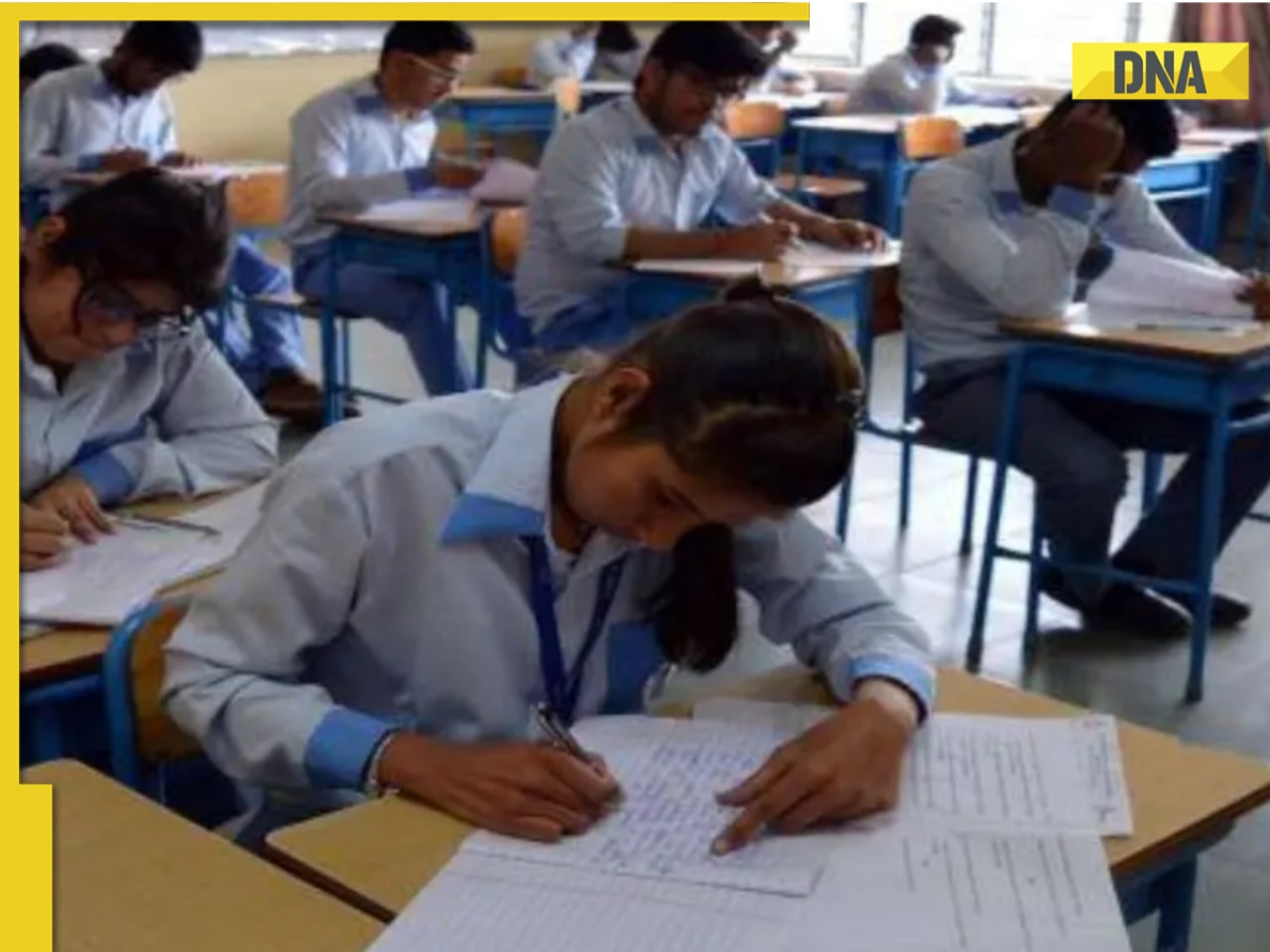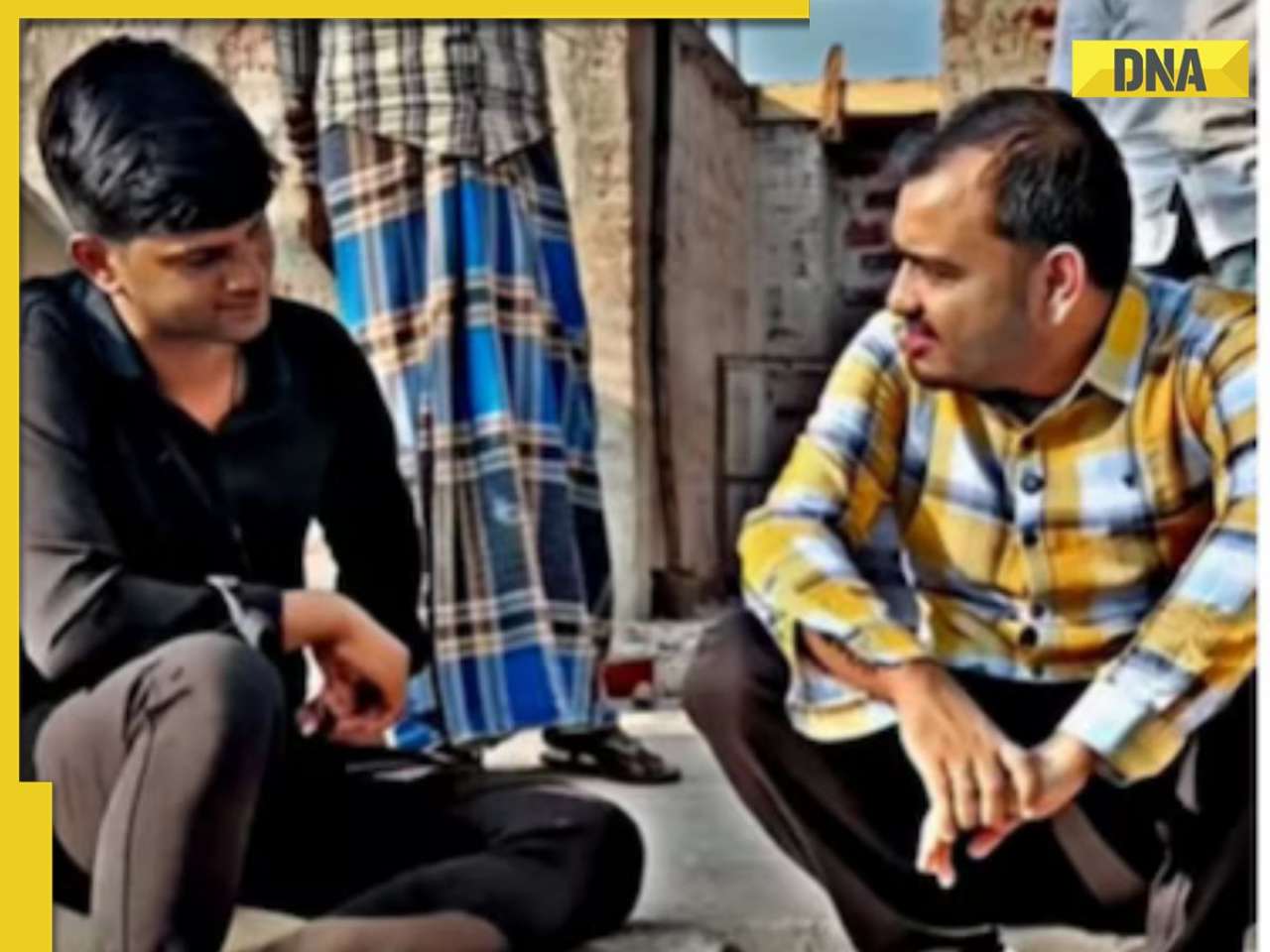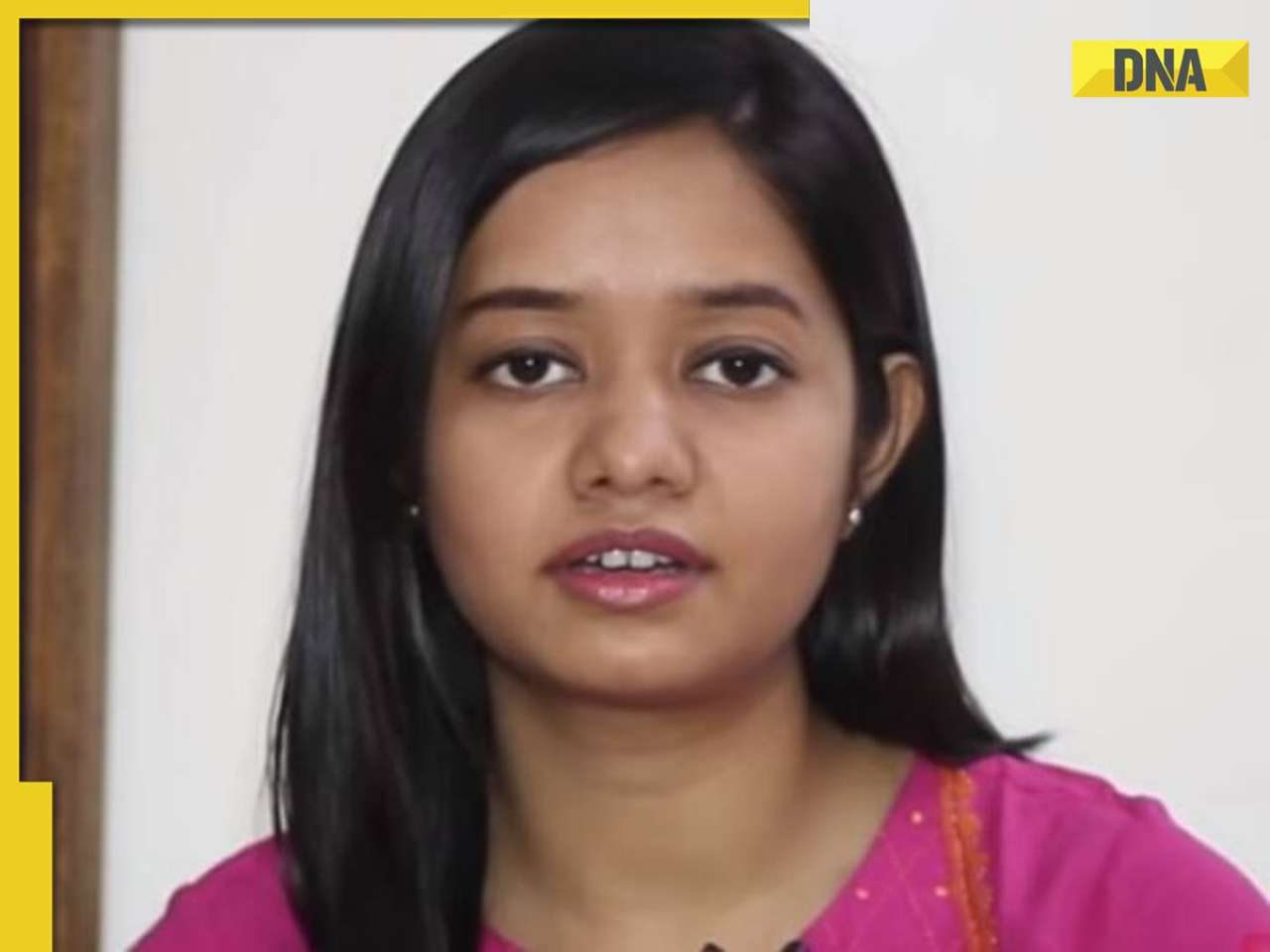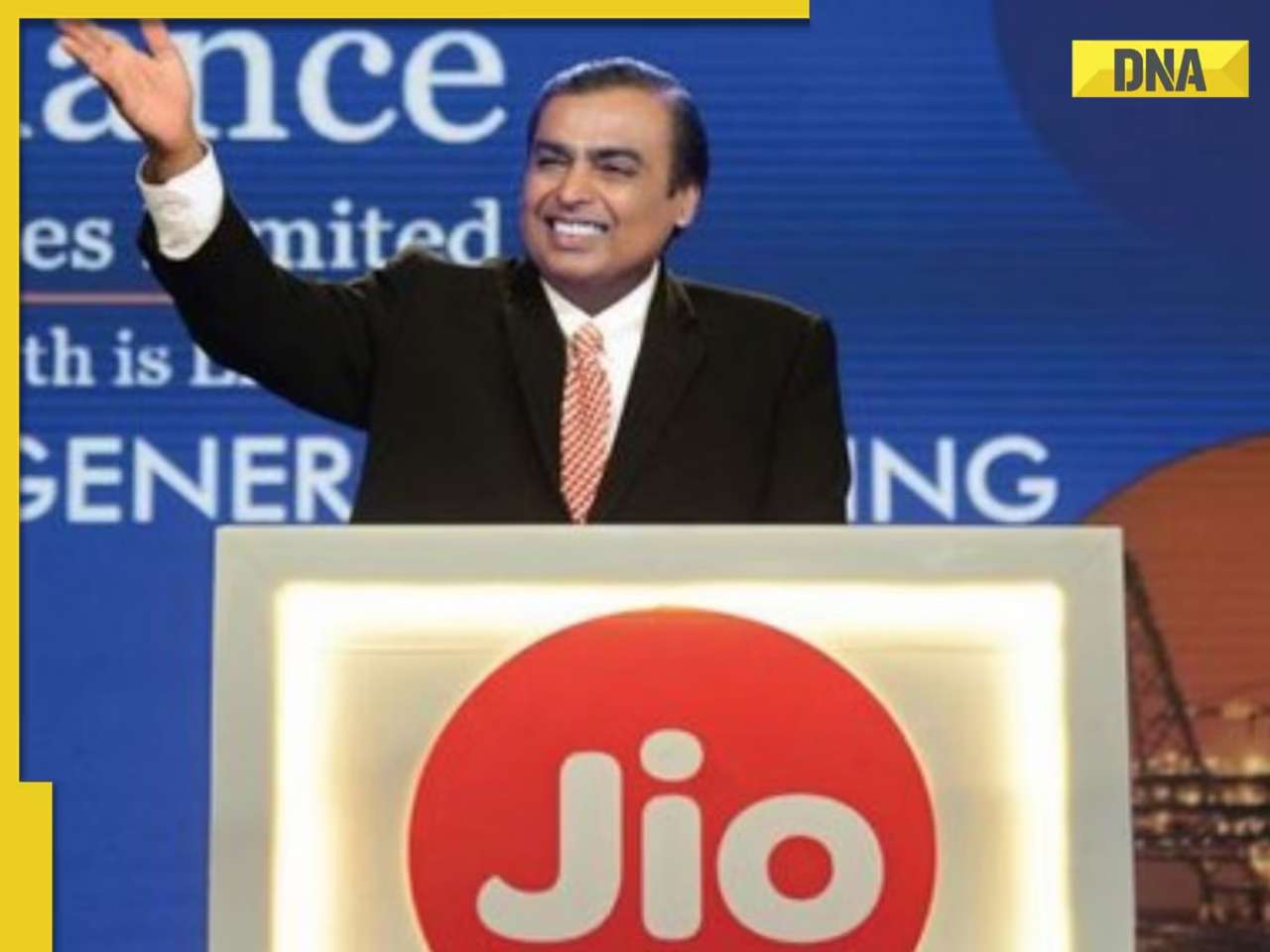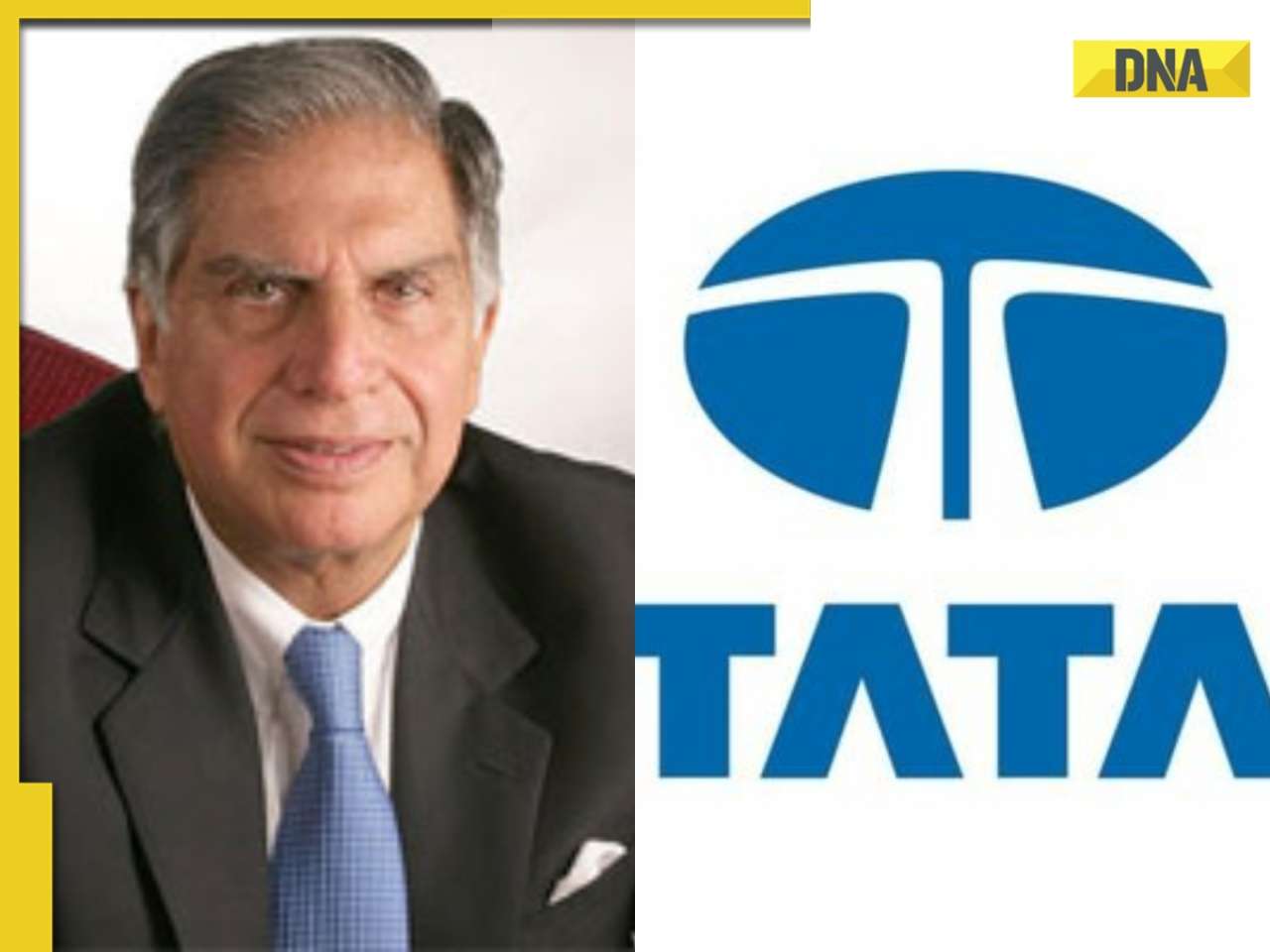- LATEST
- WEBSTORY
- TRENDING
INDIA
How safe is your flight?
Mumbai, Delhi, Bangalore and Chennai airports are operating beyond capacities, with Mumbai and Delhi accounting for 63% of air traffic.
TRENDING NOW
MUMBAI: “There were several times when routine checks of landing gear and flaps were ignored. In fact, I know of several pilots who were forced to take off even though routine checks were not conducted. I could no longer justify it to my conscience. I had to quit.”
These are the words of Ravi Unnikrishnan, an aircraft maintenance engineer who quit his job with a private airline three months ago. Ravi’s frustration must be seen in the context of India’s dramatically changing air travel business. It raises an important question: Is our air travel system designed for mass travel?
Soak in the statistic. The number of people seeking pilot licences has multiplied three times, from 300 in April 2005 to 1045 in April 2006. In the same period, 73 million passengers used our airports.
And the rush isn’t expected to slow down; in fact, the sector is on the threshold of a massive explosion. Sydney-based thinktank Centre for Asia Pacific Aviation (CAPA) is forecasting growth of more than 25 per cent every year in the next five years. That, for the record, is more than 100 million domestic passengers by 2010.
But, like every other growth story, this one also has a soft belly. According to CAPA, the 70 million-plus passengers who took to air last year were serviced by only 270 aircraft, which is the combined fleet strength of all domestic airlines put together.
With little or no investment in the past three decades, India’s 128 airports have become chokepoints.
Four airports - Mumbai, Delhi, Bangalore and Chennai - are operating well beyond their rated capacities, with Mumbai and Delhi accounting for 63 per cent of air traffic in the country. That’s not all.
According to the Airports Council International (ACI), the Mumbai-Delhi sector is the seventh busiest in the world, but the route, which is served by eight airlines, can on paper handle only three.
At the Mumbai airport, the average delay during peak hours is 15 to 20 minutes, with clearance from the Air Traffic Controller (ATC) plus taxiing often taking 30 minutes, more than the flight time to Pune, as the tower can handle only about 35 aircraft movements per hour at peak. The international average, for the record, is almost double, at 60.
These numbers, however, do not mask the immense opportunity that civil aviation is, says Jeh Wadia, MD of Mumbai-based LCC GoAir: “There’s a crazy opportunity waiting to be tapped. Future growth will come from the millions of people who are now travelling on trains.”
But is the passenger safety net fraying at the edges?
Vishaka Dey and Ravi Unnikrishnan have never met each other. Nor is there any likelihood of each bumping into the other. Both, however, share a deep and an almost uncanny wariness about flying.
Twenty-eight-year old Dey’s wariness springs from an intensely harrowing experience that she endured recently, with a flight from Kolkata to Bangalore - a hop usually lasting less than two hours - taking a frustrating eight hours.
Unnikrishnan’s distrust, on the other hand, stems from once being an insider - as an Aircraft Maintenance Engineer (AME).
Dey and Unnikrishnan have at least one bigwig supporting them. IATA Director General and Chief Executive Giovanni Bisignani at a recent conference in Delhi stunned the Civil Aviation Minister Praful Patel when he said: “There is an emergency situation.
Six months into the next year (2007), you could start having safety problems.”
December 27 last year dawned like any other winter day in Kolkata, and Dey was all set for her early morning flight, which, via Chennai, would have deposited her safe and sound in Bangalore in exactly three and a half hours.
“Why would any sane person think that a clear morning sky in Kolkata would still lead to a delay? After four hours of waiting, we were told by the airline that our flight to Bangalore was delayed because the plane that was supposed to fly us to Bangalore was actually on a Delhi-Kolkata schedule, and yet to land in the city,” she says.
“Imagine a clear morning sky, with practically all other passengers taking off on schedule, except us.”
But what ticked off Dey more was the overall feeling of every crucial operation being rushed once the Delhi flight landed. “We took off within 45 minutes of the plane landing.
The seats were dirty, the airhostesses were so harried that they performed the routine safety guidelines even as the plane was taxiing,” she says. “On hindsight, I doubt if the routine safety checks were even carried out.”
Dey’s suspicion, at least for Unnikrishnan, a former Indian Air Force (IAF) AME, is confirmed. Unnikrishnan was poached by a low cost carrier a couple of years back, but quit “in disgust” three months back at what he calls their disregard for maintenance schedules.
“There were several times when routine checks of landing gear and flaps were ignored,” he says. For Unnikrishnan, there was no way Dey’s aircraft could have taken off within 45 minutes, unless all the items under the safety checklist were not checked.
“If one follows the Directorate General of Civil Aviation (DGCA) checklist thoroughly, it will take a veteran AME at least 45 minutes to complete the cycle. The DGCA checklist requires the aircraft body to be manually inspected for any damage, especially if it has passed through turbulent conditions, and doing that itself takes 15 minutes,” he says.
Unnikrishnan’s revelations are similar to the allegations of a former pilot of Indonesian low cost carrier Adam Air whose Boeing 737-400 went missing with 102 passengers on New Year’s Day. According to pilot Sutan Salahuddin, 36, Adam Air forced him to sign the maintenance log, despite his objections to flying aircraft that had not met safety standards.
“I could no longer justify it to my conscience. In the IAF I used to take care of AN (Antonov) and IL (Ilyushin) series aircraft, which would fly maybe twice a week, but whose maintenance schedules were more stringent,” says Unnikrishnan. “I had to quit, otherwise I would have done something drastic.”
‘Not true, our safety net is still strong’
Director General of Civil Aviation Kanu Gohain disagrees safety rules are being disregarded. “That air force joker (sic) must have been exposed to maintenance schedules of older aircraft. All airlines have acquired, or are acquiring, brand new fleets or leasing new aircraft. Today an AME can complete routine checks in 20 minutes because several checks are automated and run by the pilot himself,” he told DNA.
Two crucial amendments to the Aircraft Act, 1934, proposed by the Kaw Committee, are the transfer of some functions allocated to an AME to the pilot and the regulation of their job functions by the airline employing them. Presently, pilots and AMEs, who maintain and certify the airworthiness of aircraft, are both qualified by DGCA.
Though they may be employed with the airline, their job functions are regulated by DGCA.
“The aviation industry is facing an acute shortage of pilots and AMEs. Fly-by-wire technology makes it possible for a pilot to monitor the health of an aircraft. The pilot of an A-321, or a Boeing 737, can find out about the landing gear, or if any of the flaps have a problem, sitting in his cockpit,” says Kapil Kaul, Chief Executive Officer, Indian Sub-continent and Middle East, CAPA.
But without a DGCA certification, an AME, or for that matter a pilot, cannot ply his trade. Aviation experts say DGCA regulations are one of the most stringent in the world.
“Indian safety regulations are one of the best in the world. In fact, we want some of the provisions of the Aircraft Act to be modified so that civil aviation companies can have a better working environment,” says Kapil Kaul, CEO, Indian Sub-continent and Middle East, CAPA.
Gohain says the latest amendment approved by Parliament to the Act has given DGCA more teeth: supervisory control on the standards of airport and Communication, Navigation and Surveillance(CNS)/ Air Traffic Management (ATM) facilities; authority to license personnel engaged in ATC; and the power to make rules to ensure civil aviation safety.
A senior officer in the Ministry of Civil Aviation told DNA that airlines tend to become lax about routine daily maintenance of aircraft in smaller centres like Coimbatore, Nashik and Ludhiana.
The business model, especially of low-cost carriers, depends on the quick turnaround of aircraft and strict adherence to time schedules. Any roadblock, like fog delays, which jeopardises these two factors hits a low cost carrier the most. “We have noticed a pattern where airlines usually tend to become lax when their schedule goes topsy-turvy,” he says.
Gohain, while not denying the possibility of poor safety standards, says the DGCA keeps conducting random checks. “We will revoke the licenses of AMEs found wanting in their duties and may even go to the extent of taking the carrier to task,” he told DNA.
“Last month, we conducted surprise checks in several of our non-prime centres. We reprimanded two AMEs of an airline for safety violations. They were minor, but still the DGCA was strict.”
Even Kaul doesn’t rule out the possibility of one bad apple upsetting the entire applecart. “Today there are 1200 flights that take off and land every day across India.
And the numbers are only going to keep rising. So, you may have some AME or a pilot not doing his job properly. For me, the weak chink is a stretched and under-staffed DGCA. We need to strengthen this infrastructure,” he says.
DGCA sources point out their workload has increased 10 fold over the last 10 years, while the staff strength has more or less remained constant. The nodal body is expected to manage diverse areas from air worthiness, air safety, and research and development.
The Kaw Committee, instituted in 2005 to assist in restructuring DGCA, found that while the number of aircraft operating in India had increased to 668 in March 2006 from 219 in 1991, staff strength in DGCA actually declined to 122 in 2006 from 133 in 1991.
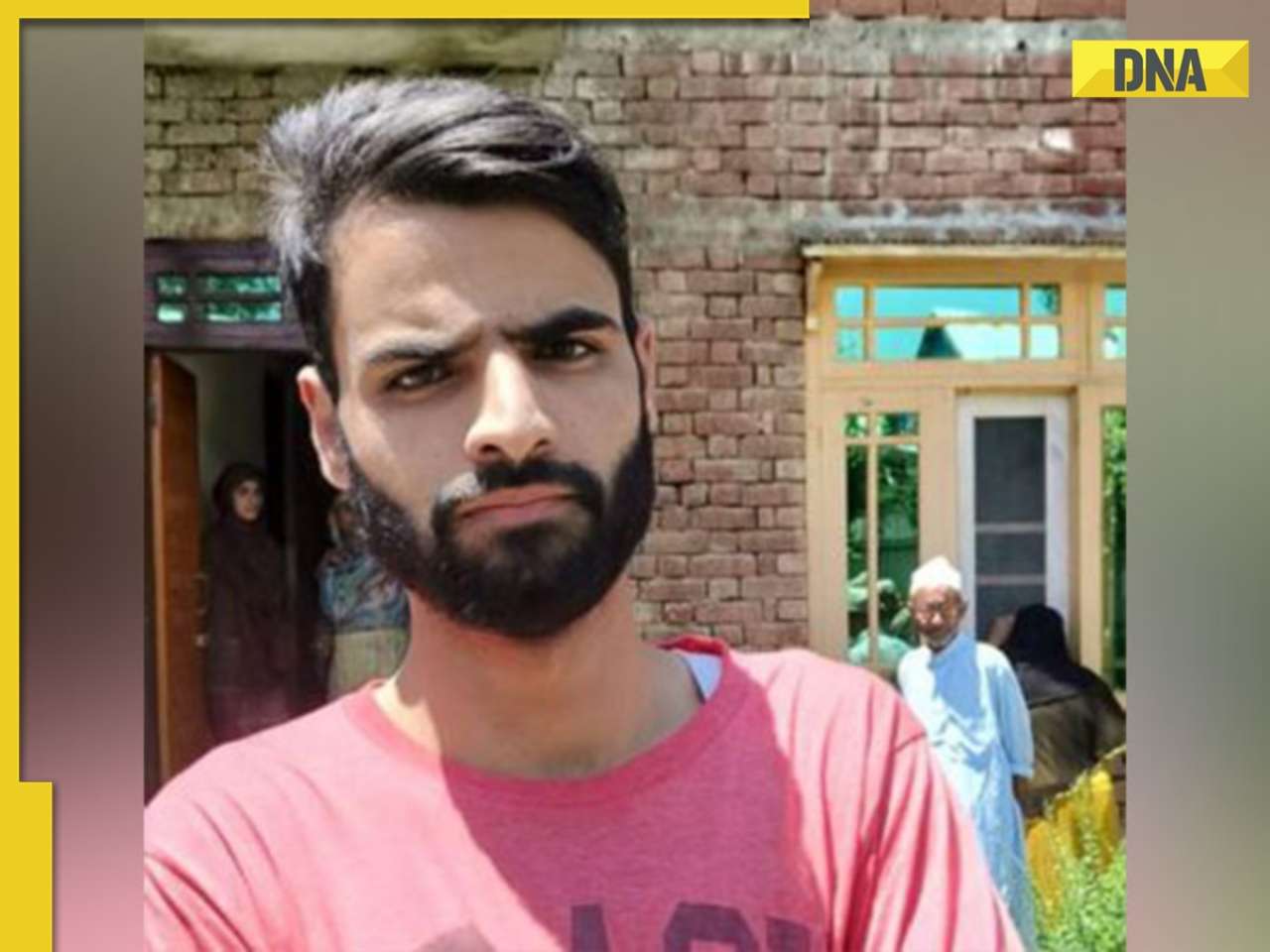
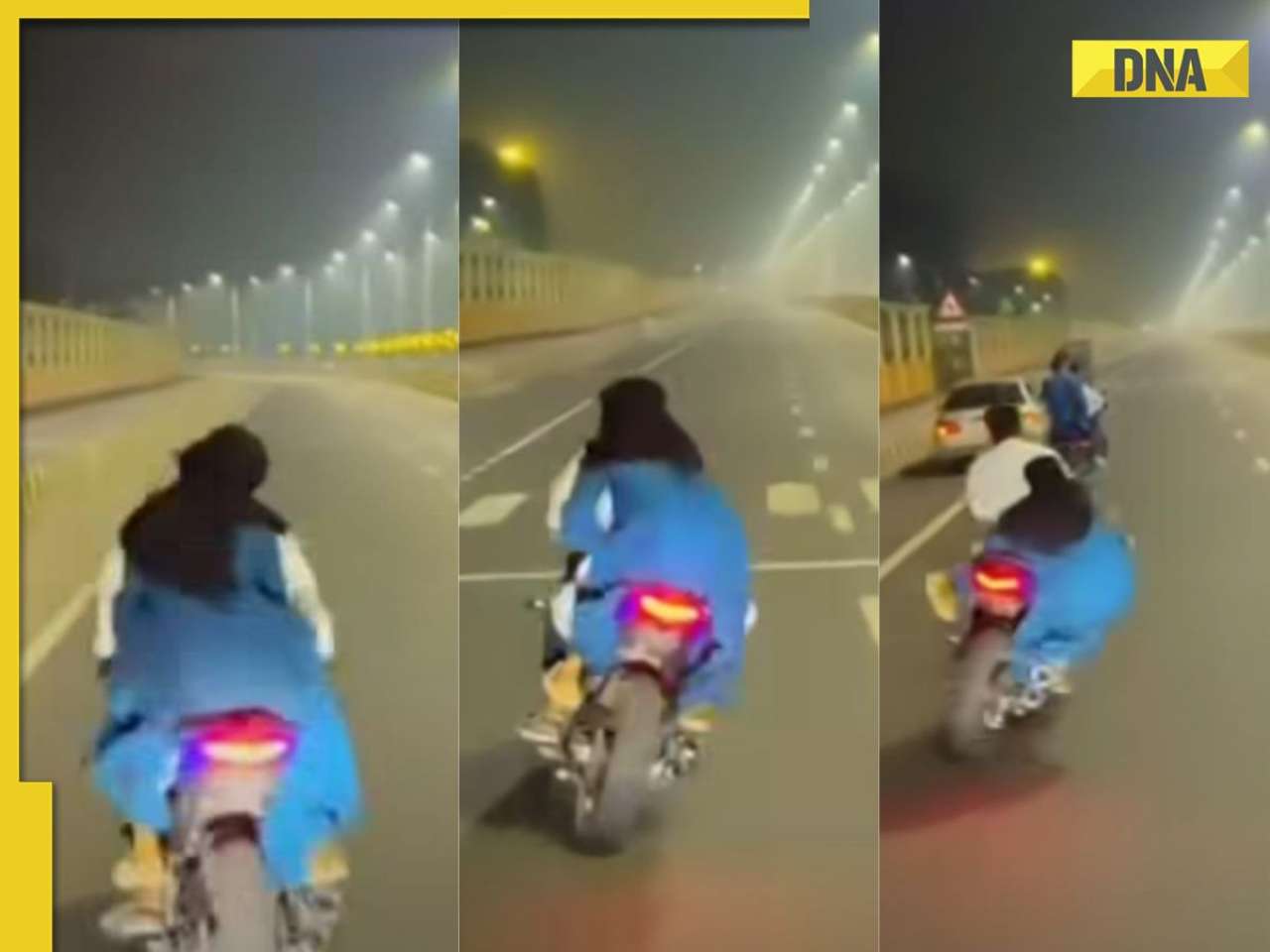
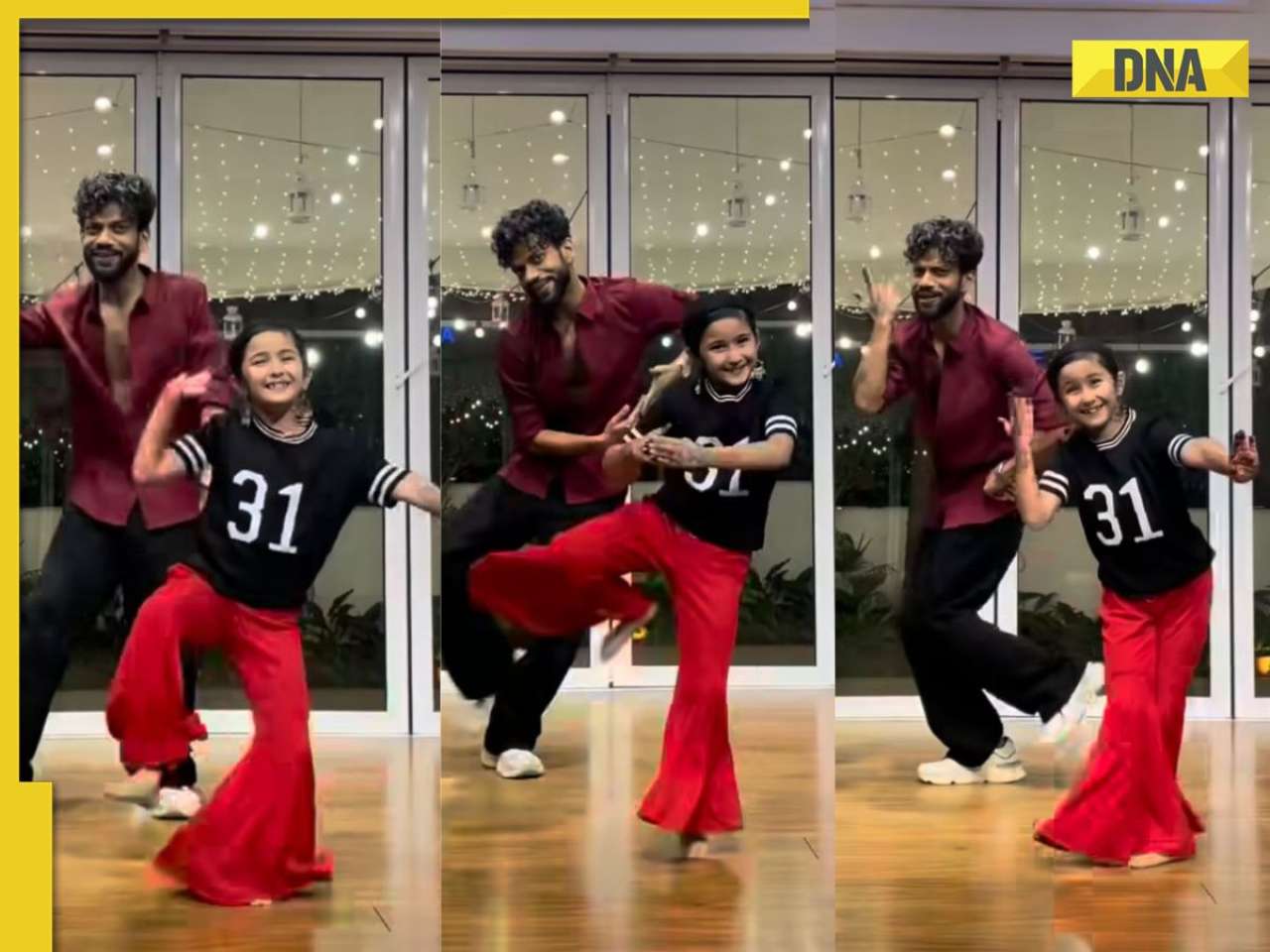





)
)
)
)
)
)
)
)
)
)
)
)
)
)
)






